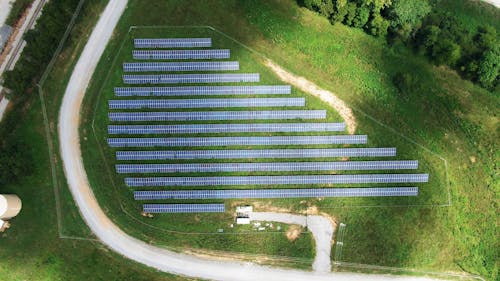Wind Speed
EO Capability Benefits
Wind speed data is essential for identifying optimal locations for wind turbines by analysing historical and real-time wind patterns. It helps determine the energy production potential of a site, including cut-in and cut-out wind speeds for turbine operation. Wind speed datasets are also critical for forecasting storms and severe weather events, aiding in disaster preparedness. In addition, engineers use detailed wind datasets to design buildings, bridges, and other structures that can withstand specific wind loads. Finally, long-term wind speed records contribute to our understanding climate patterns and changes over time.
EO Capability Description
Wind speed data is often stored as gridded datasets where each grid cell contains a value representing the wind speed at that location, usually in meters per second. Temporal resolutions differ depending on the application. Hourly or sub-hourly datasets are used for real-time monitoring and forecasting, whereas daily or monthly averages are useful for climate studies and assessing long-term trends. Seasonal or annual aggregates find applications in renewable energy assessments as well as climatology.
EO-based wind speed data combines remote sensing technologies with atmospheric models. Active sensors such as Synthetic Aperture Radar (SAR) and microwave scatterometers measure surface roughness of oceans to estimate wind speed and direction over water. Over land, satellite data provides inputs to atmospheric models with which researchers can estimate wind speeds at different altitudes. Satellite-derived wind speeds are typically snapshots taken at specific times during the satellite’s orbit. For continuous monitoring, geostationary satellites or multiple polar-orbiting satellites are used.



